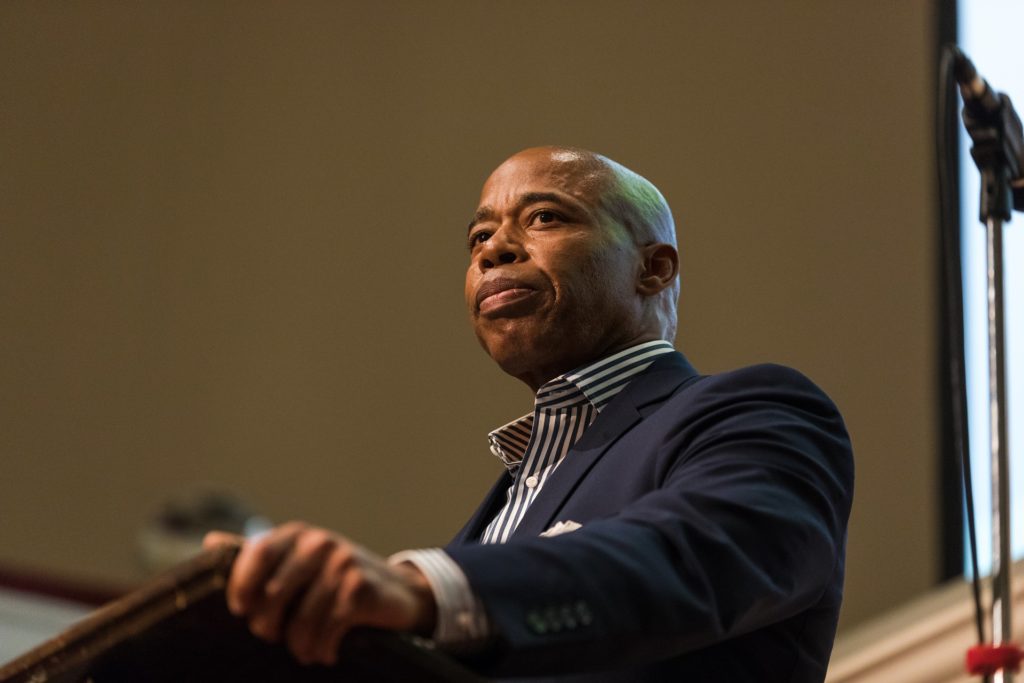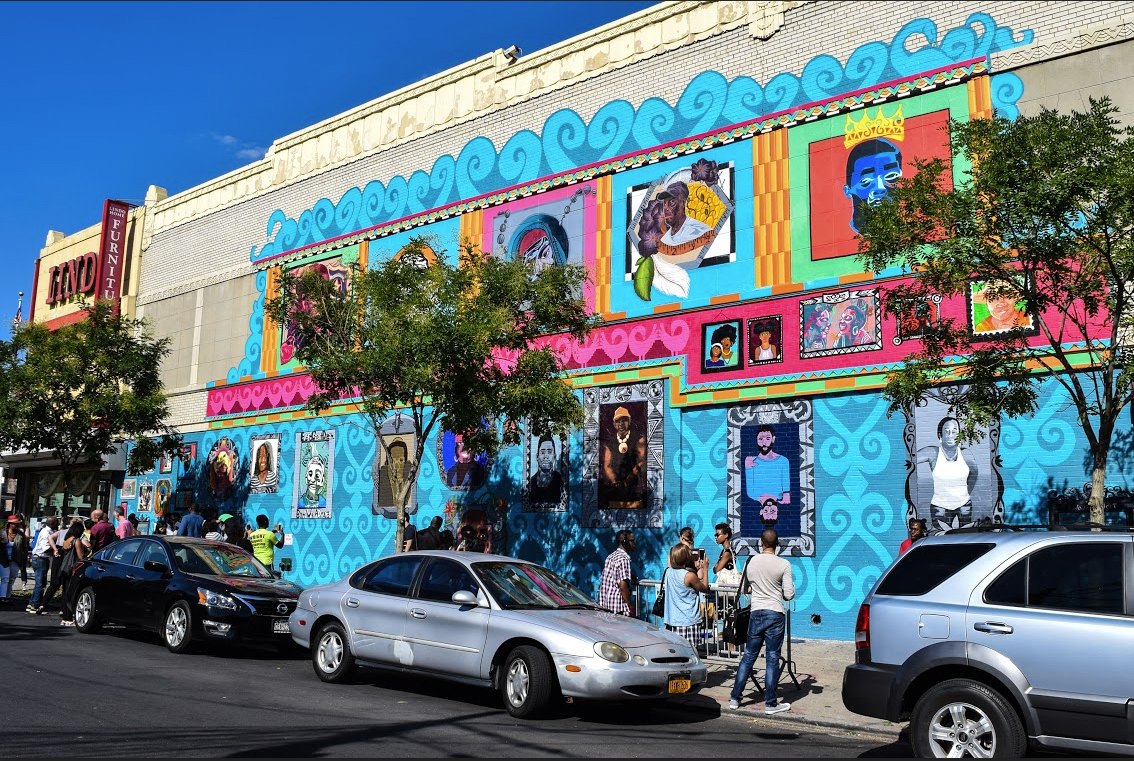OPINION: Brownsville’s pain can’t hold a candle to its promise

In the wake of the shooting at Old Timers Day in Brownsville, the community came together to mourn, and to do some soul-searching. The burst of gun violence that claimed one life and left 11 injured was traumatizing to many people who had come simply to unwind and enjoy themselves.
One thing everyone agreed on is that we cannot allow this shooting to define the neighborhood. That was critical: When news cameras descend on communities like Brownsville, it’s usually following a horrific tragedy of some sort. As a result, they become associated with crime, disorder, and urban decay. We saw this same dynamic play out during President Donald Trump’s recent shameful attack on U.S. Rep. Elijah Cummings and the city of Baltimore, as a vibrant city was reduced to its worst stereotypes.
It’s easy to use Brownsville as target practice when taking pot shots at a Brooklyn neighborhood that has become ground zero for incidents of gun violence within the borough. It would be easy, but neither a fair nor true representation of the proud, resilient and culturally rich tradition of the people, places and things housed there.
